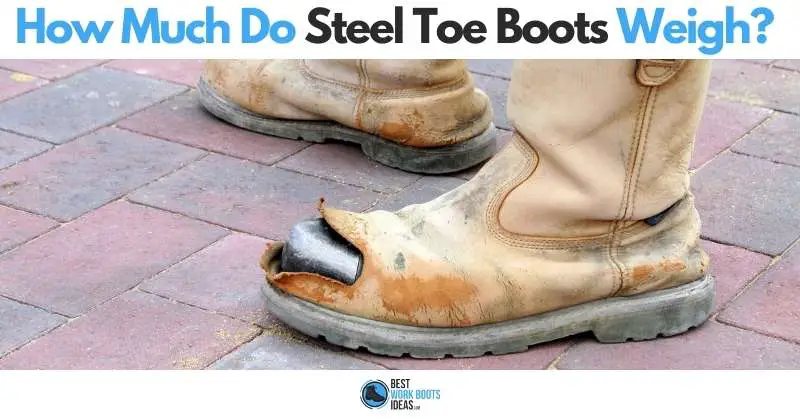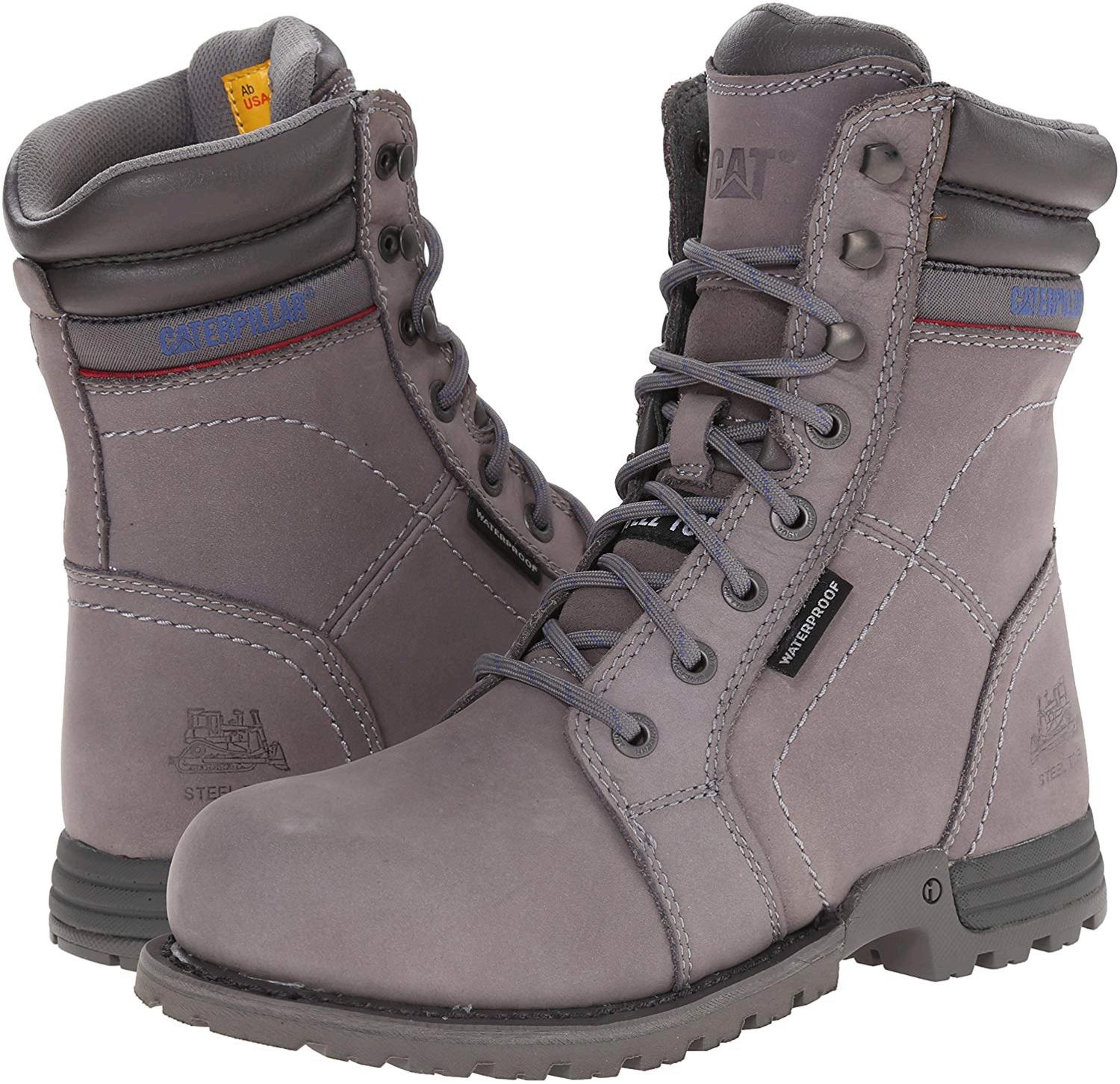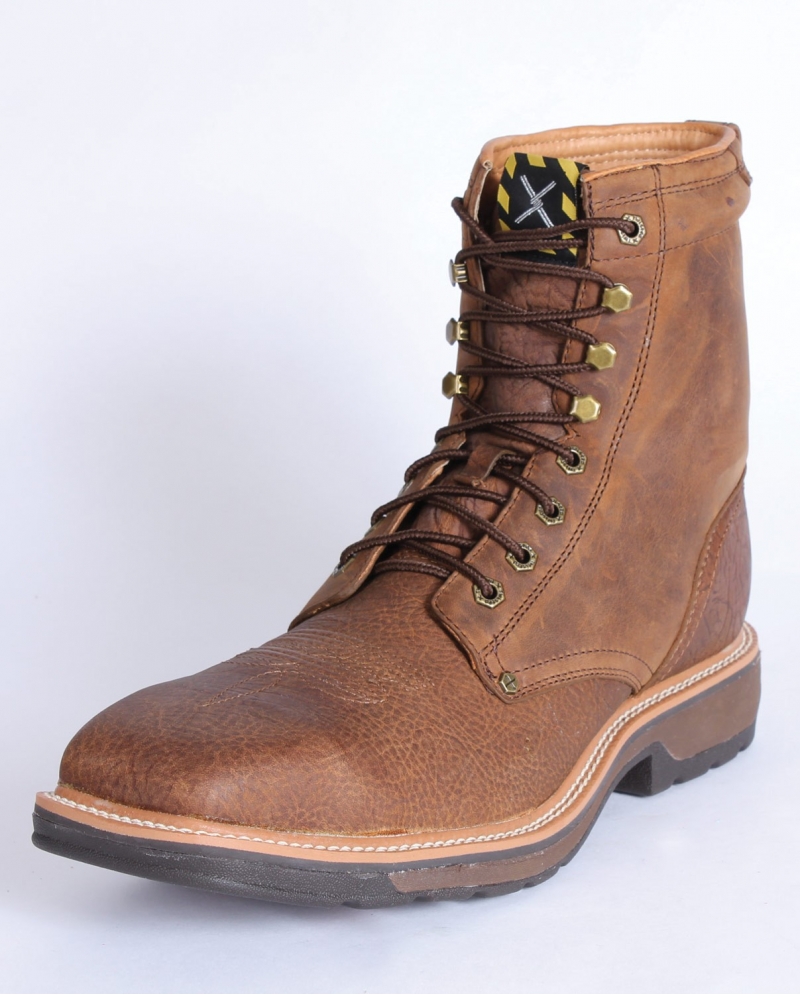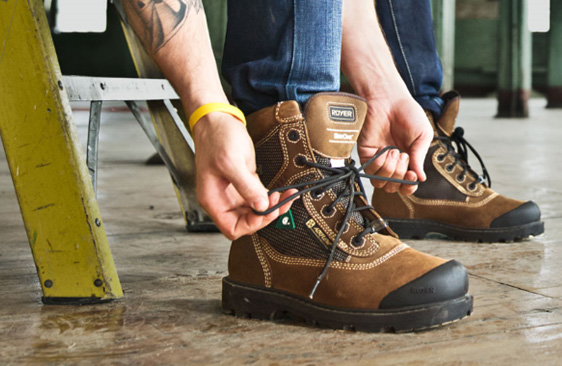The Safety Factor: Understanding Steel Toe Boot Weight Limits
In various industries, steel toe boots are a crucial component of personal protective equipment (PPE). They provide a safeguard against foot injuries, which can be debilitating and even life-threatening. However, the effectiveness of steel toe boots relies heavily on their ability to withstand heavy weights and impacts. This raises a critical question: how much weight can steel toe boots hold? Understanding the weight capacity of steel toe boots is essential to ensuring workplace safety and preventing accidents. In fact, the Occupational Safety and Health Administration (OSHA) emphasizes the importance of wearing steel toe boots in hazardous environments. By grasping the weight limits of steel toe boots, workers can make informed decisions about their footwear and take necessary precautions to avoid injuries. In industries such as construction, manufacturing, and warehousing, the risk of foot injuries is particularly high, making it imperative to understand the weight capacity of steel toe boots.
How Steel Toe Boots Are Tested for Weight Capacity
Steel toe boots undergo rigorous testing to determine their weight capacity, ensuring they can withstand the demands of various industries. Organizations such as the American Society for Testing and Materials (ASTM) and the American National Standards Institute (ANSI) play a crucial role in establishing standards for steel toe boot testing. These standards involve subjecting the boots to a range of tests, including impact, compression, and puncture resistance. For instance, the ASTM F2413-18a standard specifies that steel toe boots must be able to withstand a 75-pound weight dropped from a height of 12 inches. Similarly, the ANSI Z41-1999 standard requires steel toe boots to resist a 2,500-pound compression force. By meeting these standards, steel toe boots can guarantee a certain level of protection for workers, answering the critical question of how much weight can steel toe boots hold. Understanding the testing procedures and standards behind steel toe boot weight capacity is essential for making informed decisions about workplace safety.
The Anatomy of a Steel Toe Boot: Design and Materials
The design and materials used in steel toe boots play a critical role in determining their weight capacity. The steel toe cap, which is typically made from high-carbon steel, is the primary component responsible for withstanding heavy weights and impacts. The type of steel used can vary, with some boots featuring alloy steel or stainless steel for added strength and corrosion resistance. In addition to the steel toe cap, other components such as the midsole, outsole, and upper material can also impact the boot’s weight capacity. For instance, boots with a more substantial midsole or a heavier outsole may be able to hold more weight, while those with a lighter upper material may be more suitable for lighter-duty applications. Understanding the design and materials used in steel toe boots is essential for answering the question of how much weight can steel toe boots hold and ensuring that workers select the right boot for their specific needs.
Factors Affecting Steel Toe Boot Weight Capacity
Several factors can impact the weight capacity of steel toe boots, making it essential to consider these variables when selecting the right boot for a specific job or industry. One critical factor is the size of the boot, as larger boots may be able to hold more weight due to their increased surface area and structural integrity. The material used in the boot’s construction is another crucial factor, as different types of steel and other materials can affect the boot’s strength and durability. For instance, boots made with high-carbon steel may be able to hold more weight than those made with alloy steel. The intended use of the boot is also a significant factor, as boots designed for heavy-duty industries such as construction or manufacturing may need to withstand heavier weights than those used in lighter-duty applications. Additionally, the design and features of the boot, such as the type of sole and midsole, can also impact its weight capacity. Understanding these factors is crucial for answering the question of how much weight can steel toe boots hold and ensuring that workers select the right boot for their specific needs.
Real-World Examples: Steel Toe Boots for Heavy-Duty Industries
In heavy-duty industries such as construction, manufacturing, and oil rigging, steel toe boots are essential for protecting workers’ feet from heavy weights and impacts. For instance, a steel toe boot designed for construction workers may need to hold up to 200 pounds of weight, while a boot designed for manufacturing workers may need to withstand up to 150 pounds. In the oil rigging industry, steel toe boots may need to hold even more weight, up to 300 pounds or more, due to the heavy equipment and machinery used. Examples of steel toe boots designed for these industries include the Timberland PRO Boondock Work Boot, which can hold up to 250 pounds, and the Dr. Martens Ironbridge Work Boot, which can withstand up to 200 pounds. Understanding the specific weight capacity requirements of different industries is crucial for answering the question of how much weight can steel toe boots hold and ensuring that workers are properly protected on the job.
Choosing the Right Steel Toe Boot for Your Needs
Selecting the appropriate steel toe boot for a specific job or industry is crucial for ensuring workplace safety and preventing injuries. When choosing a steel toe boot, it’s essential to consider factors such as weight capacity, industry, and personal preferences. For instance, workers in heavy-duty industries such as construction or manufacturing may require boots with higher weight capacities, up to 250 pounds or more, while workers in lighter-duty industries may require boots with lower weight capacities. Additionally, workers with specific foot or ankle issues may require boots with additional features, such as arch support or ankle stabilization. Understanding how much weight can steel toe boots hold and considering these factors can help workers select the right boot for their needs, ensuring a safe and comfortable working environment. By taking the time to research and select the appropriate steel toe boot, workers can reduce the risk of injury and ensure a safe and productive workday.
How to Properly Maintain Your Steel Toe Boots
To ensure that steel toe boots continue to provide optimal protection and support, regular maintenance is essential. This includes cleaning the boots regularly to remove dirt and debris that can compromise the weight capacity of the boot. Storage is also critical, as boots should be kept in a dry, cool place away from direct sunlight to prevent damage to the materials. Regular inspection is also vital, as it allows workers to identify any signs of wear and tear that may affect the boot’s weight capacity. For example, if the steel toe is dented or cracked, it may not be able to hold the same amount of weight, putting the worker at risk of injury. By following these simple maintenance tips, workers can ensure that their steel toe boots continue to provide the protection they need, and that they can answer the question of how much weight can steel toe boots hold with confidence. Proper maintenance is key to extending the lifespan of steel toe boots and ensuring a safe working environment.
Conclusion: Steel Toe Boot Weight Capacity and Workplace Safety
In conclusion, understanding the weight capacity of steel toe boots is crucial for ensuring workplace safety. By selecting the right boot for the job, maintaining it properly, and understanding the factors that affect its weight capacity, workers can reduce the risk of injury and ensure a safe working environment. It’s essential to remember that steel toe boots are not one-size-fits-all, and that different industries and jobs require boots with specific weight capacities. By asking the question “how much weight can steel toe boots hold” and taking the time to understand the answer, workers can make informed decisions about their safety gear. Ultimately, prioritizing steel toe boot weight capacity is a critical component of a comprehensive workplace safety strategy, and one that can have a significant impact on the well-being of workers across various industries.





